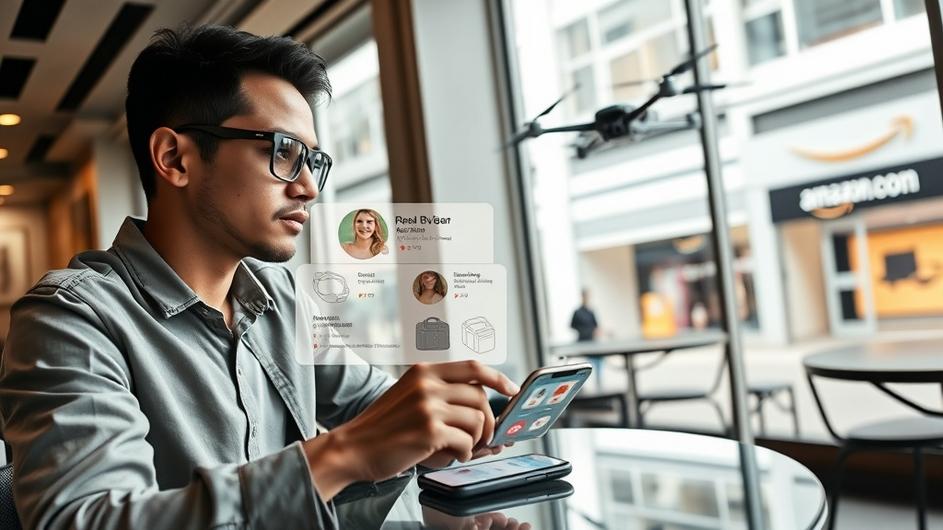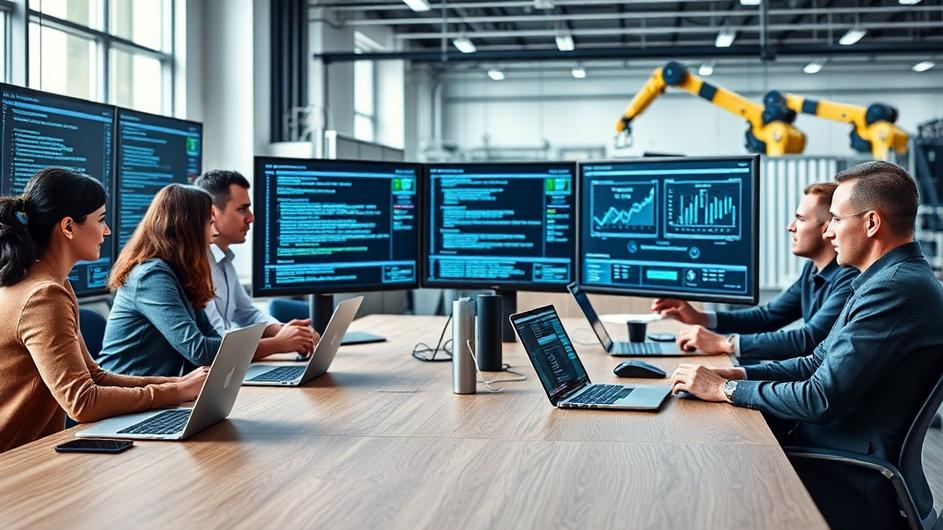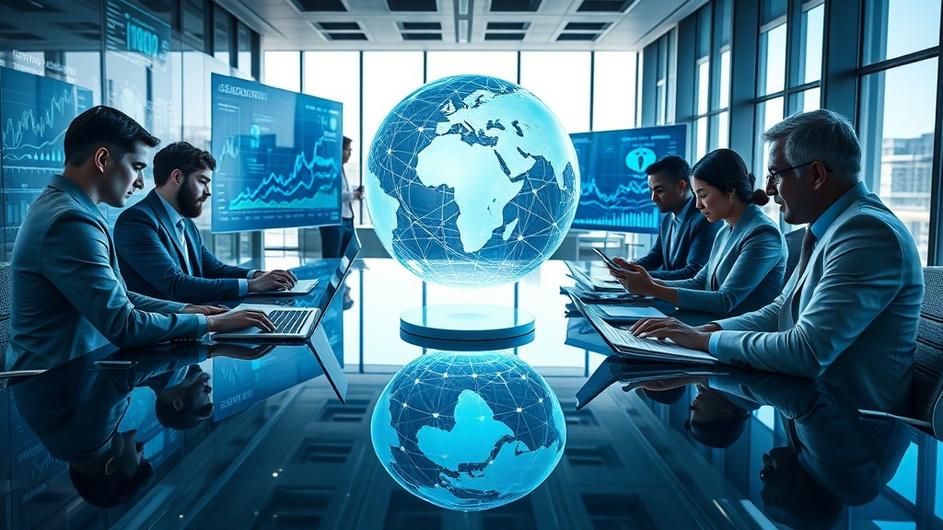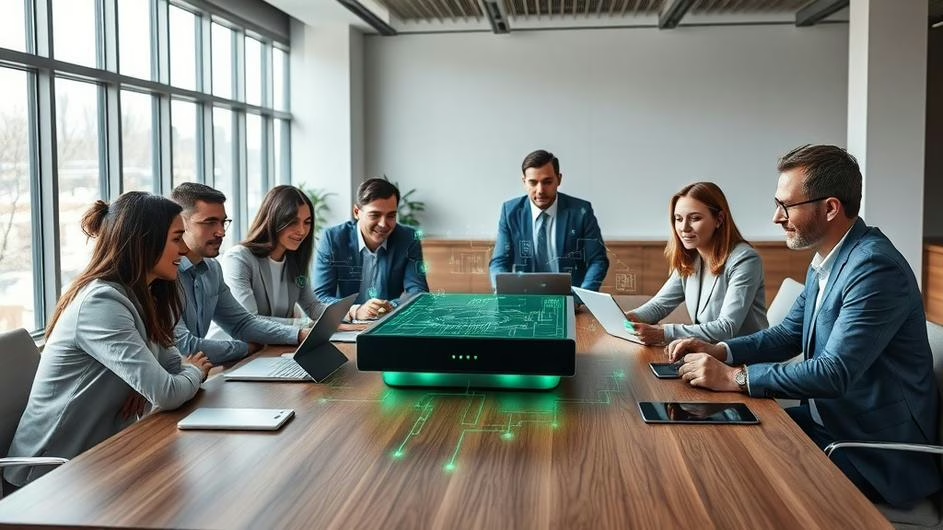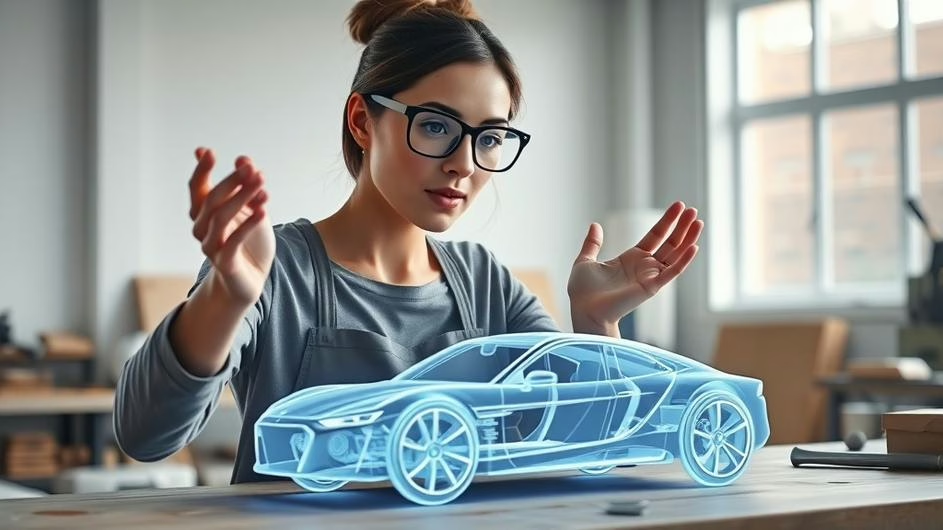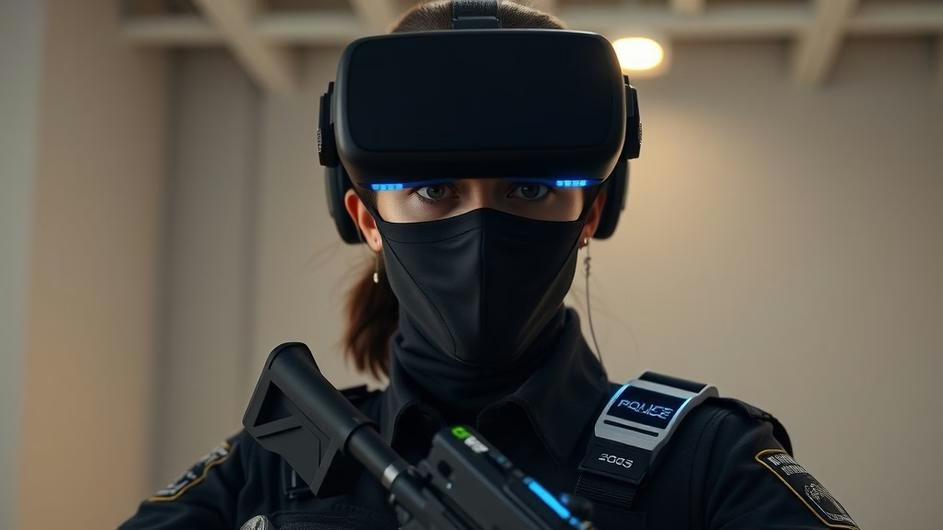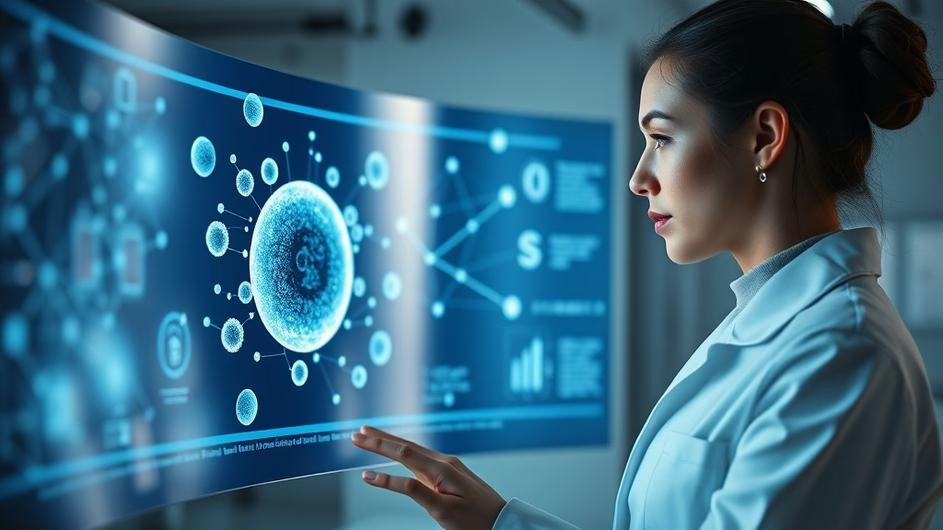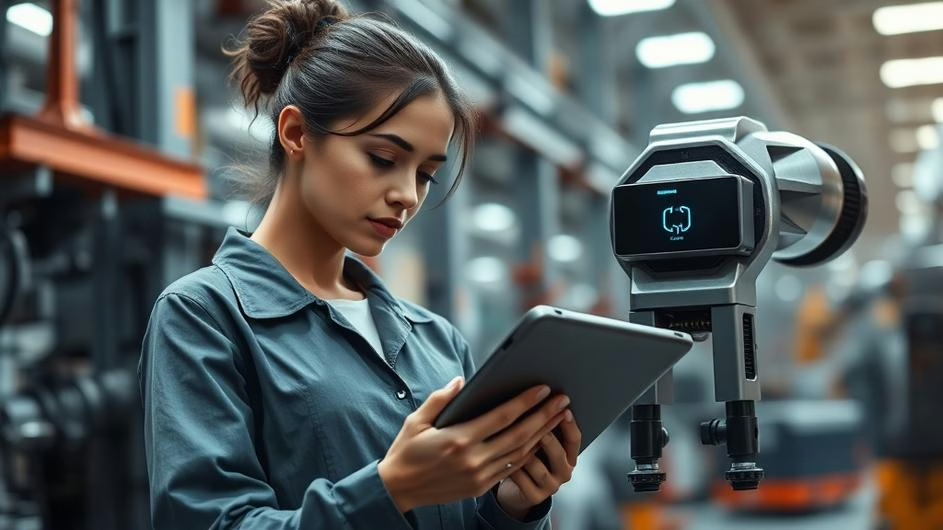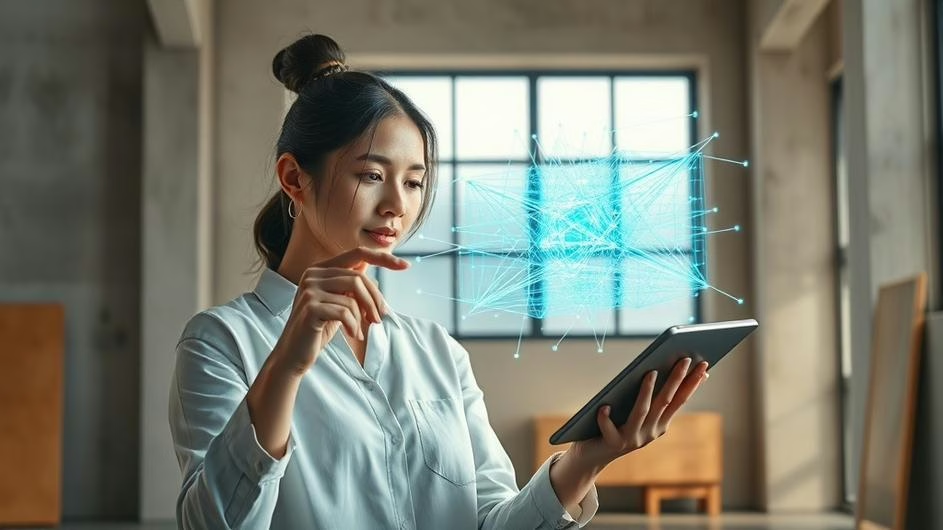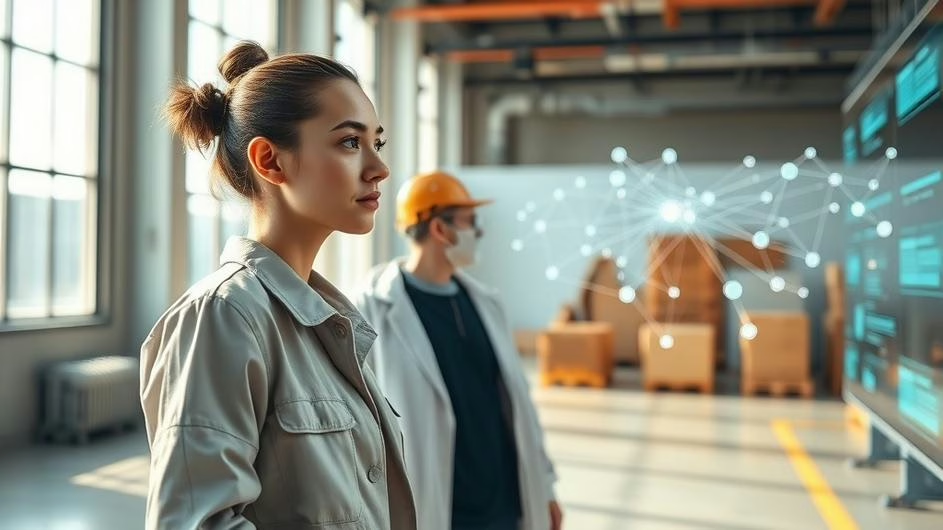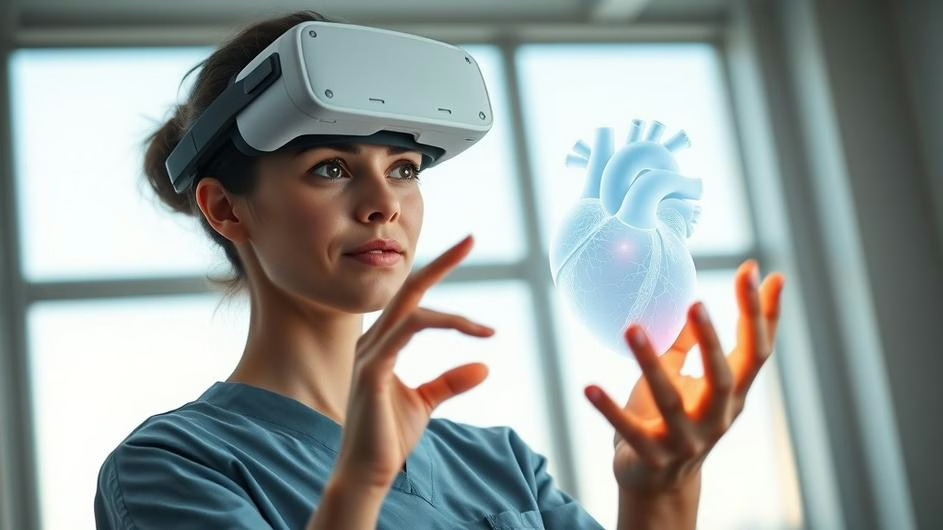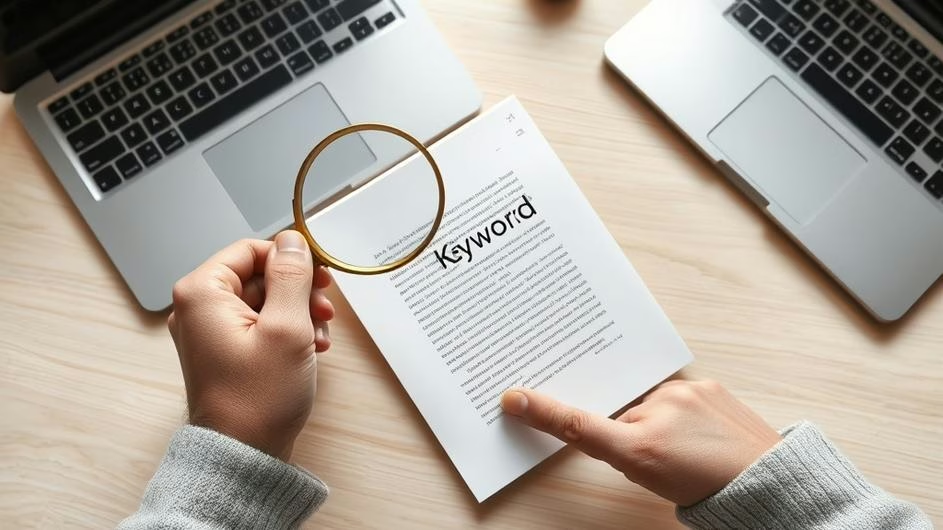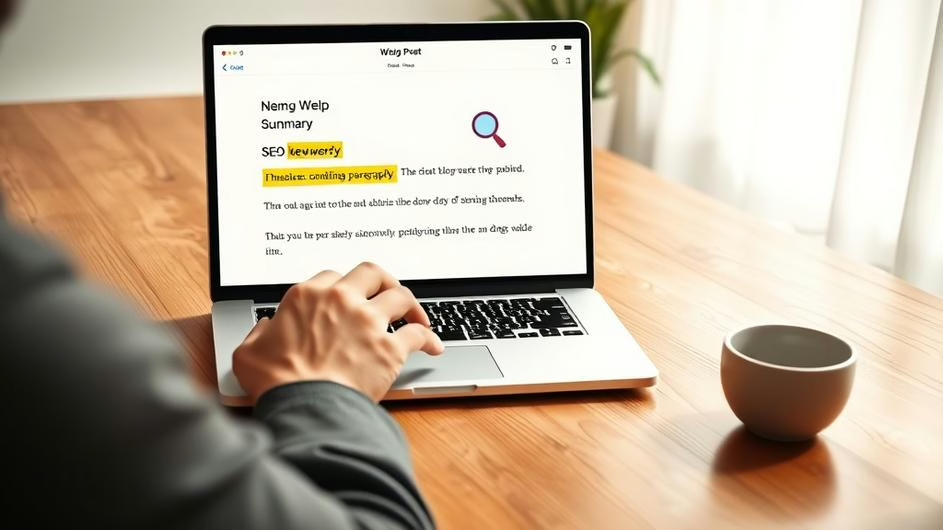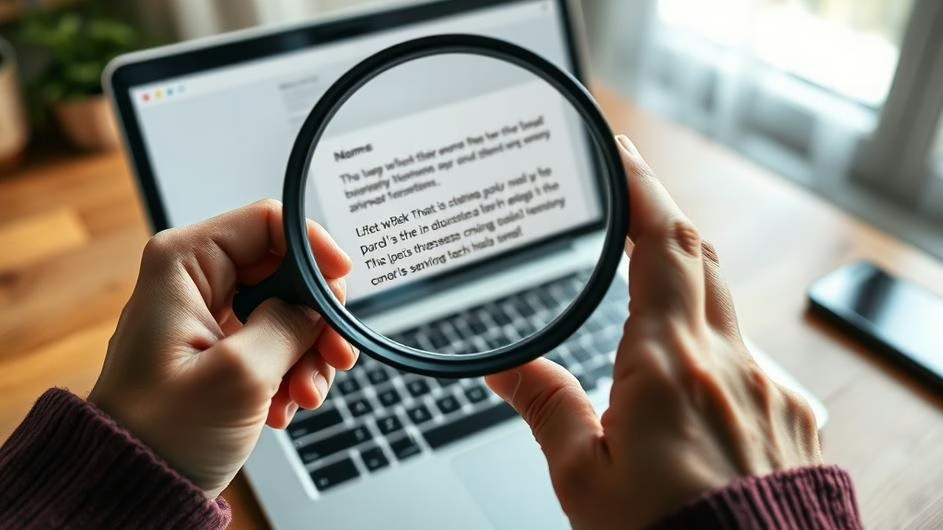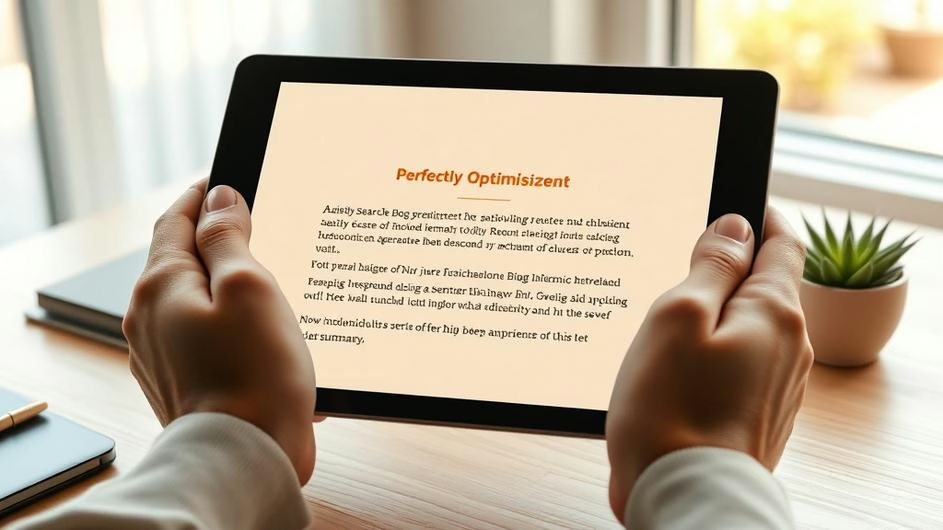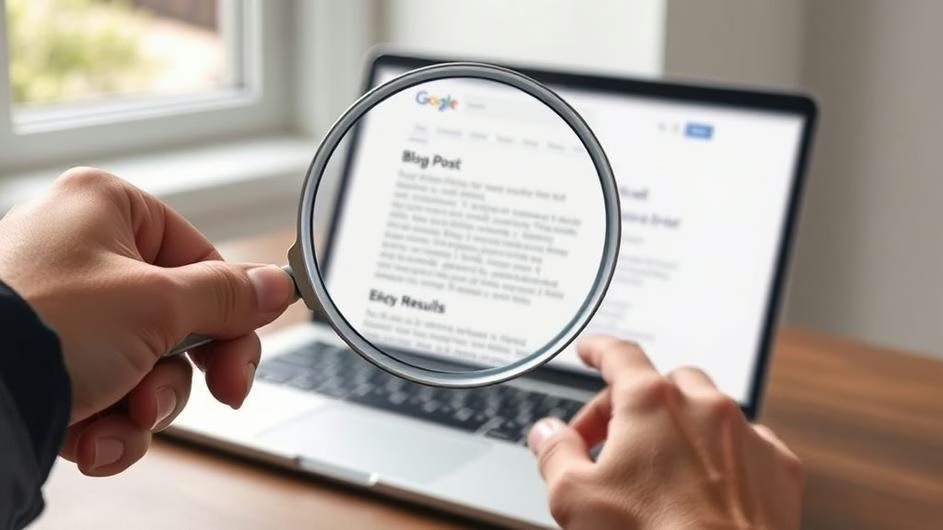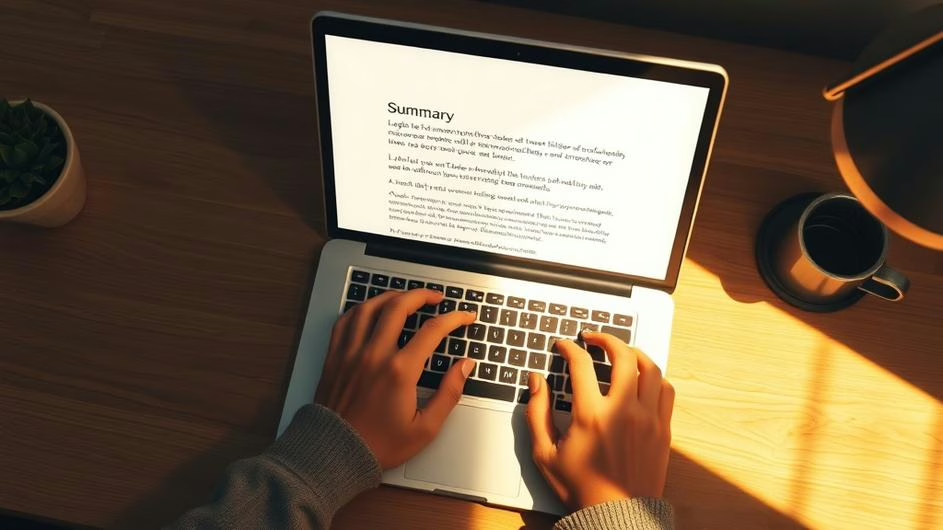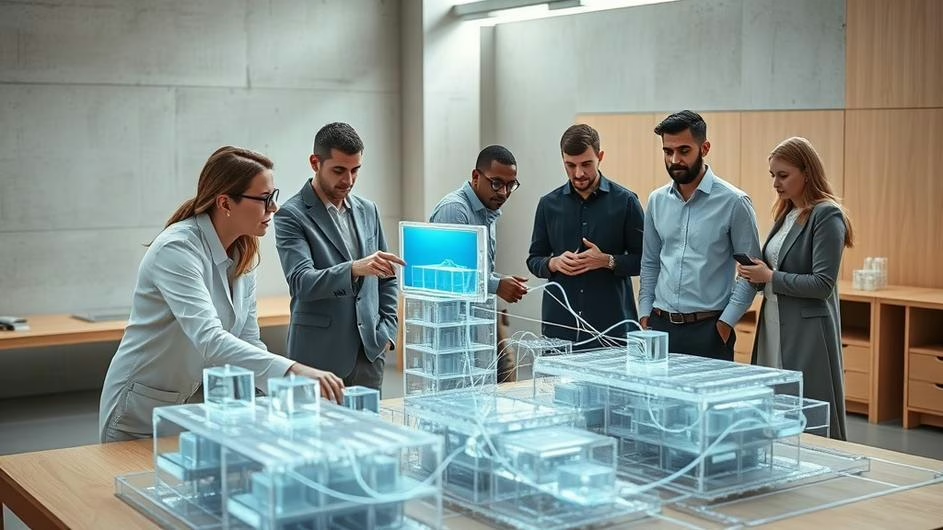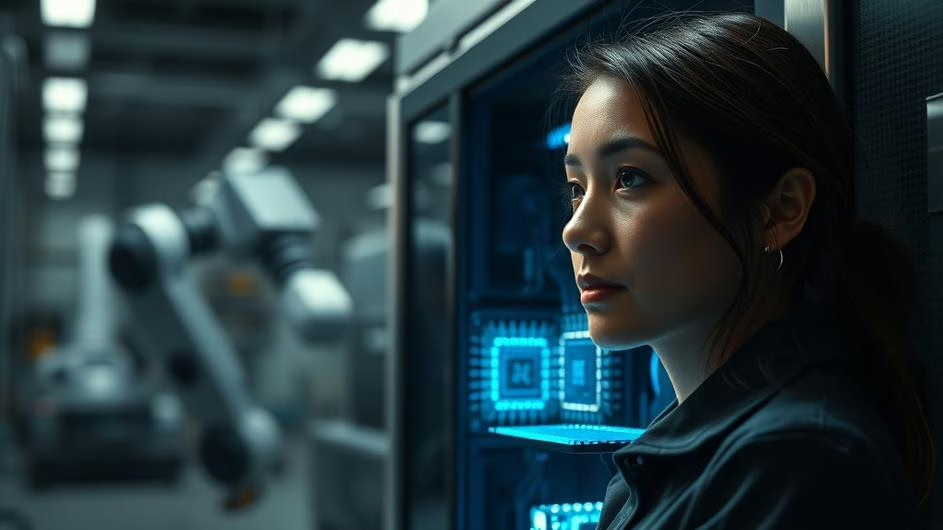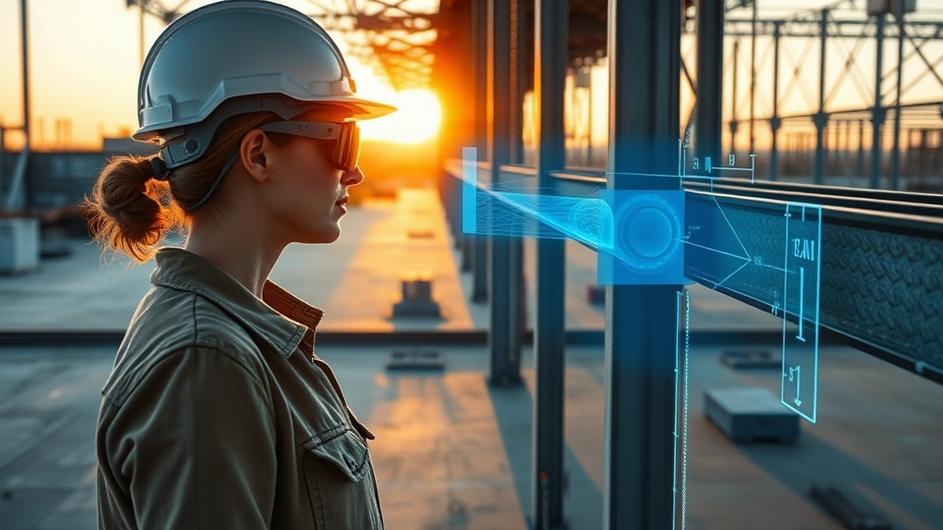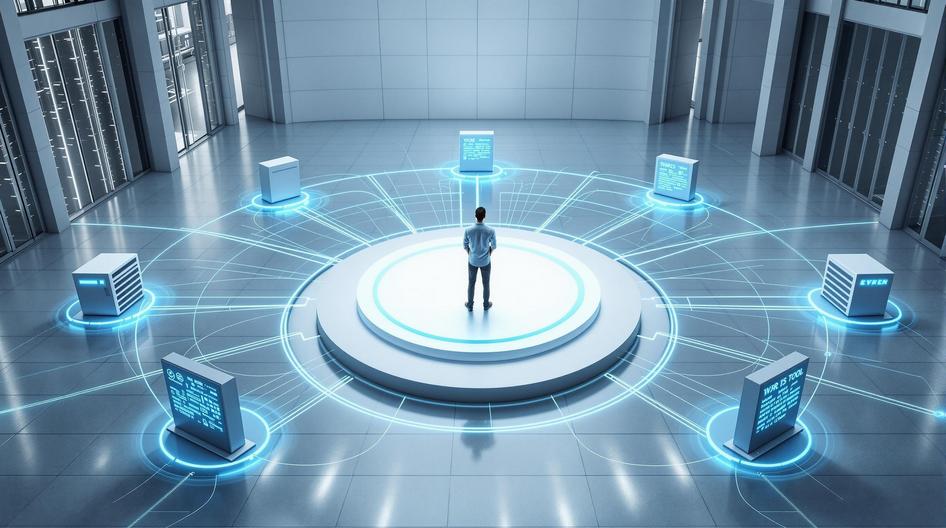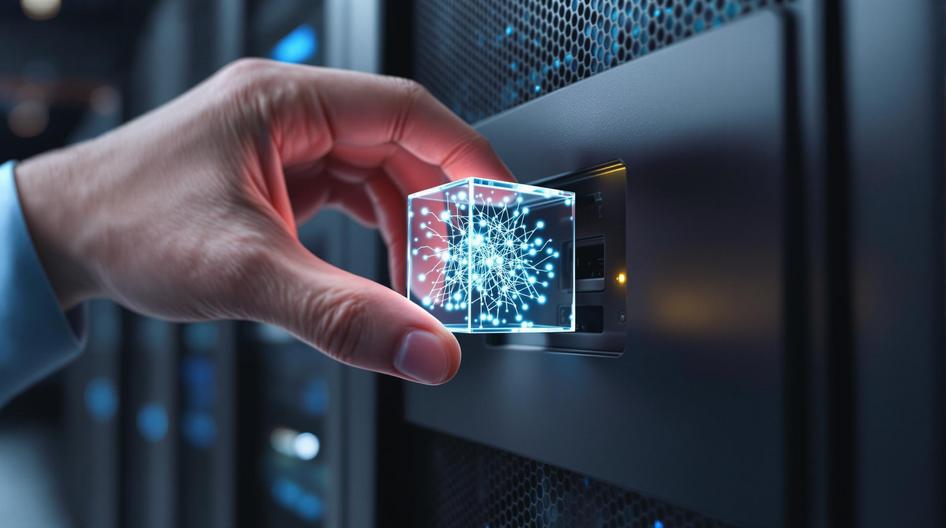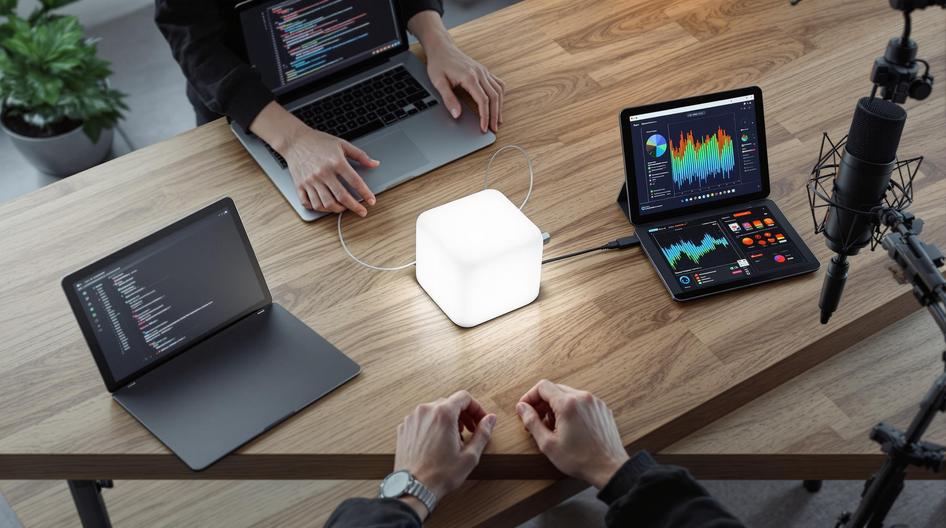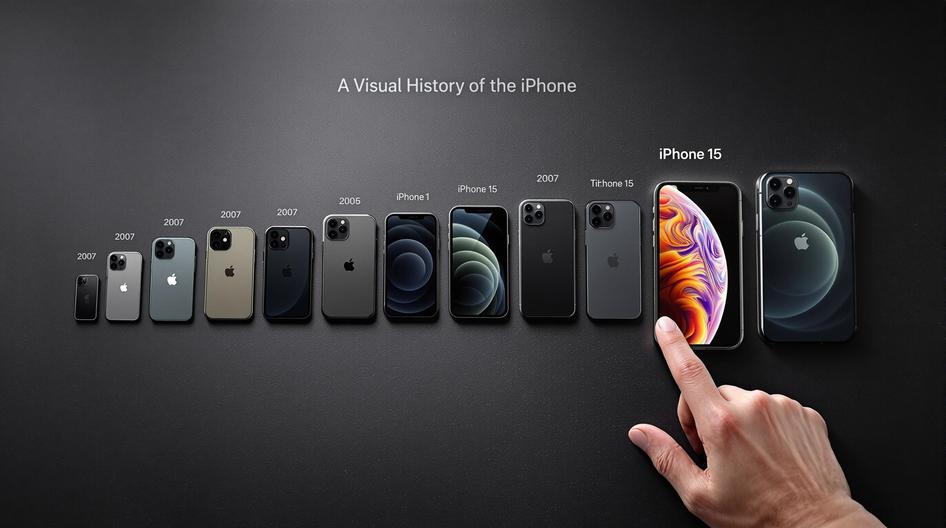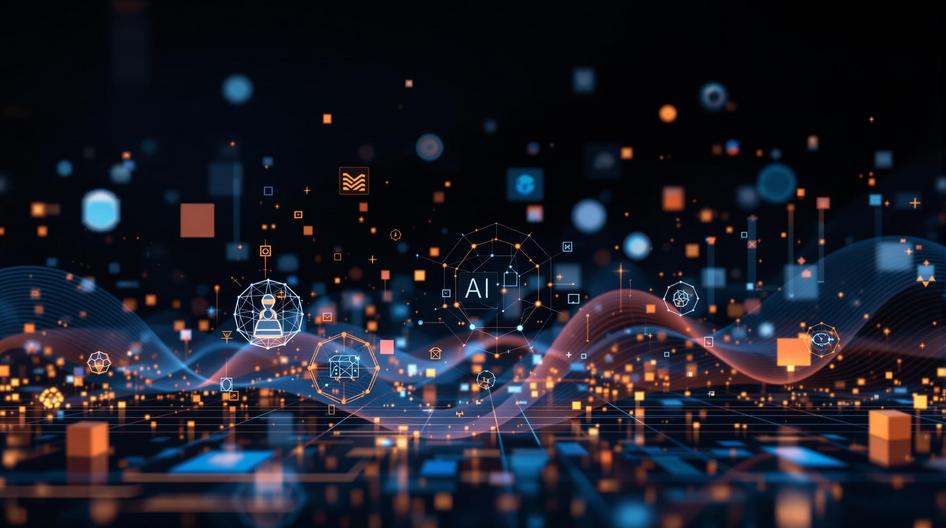
The Unseen Revolution: How AI is Quietly Reshaping Our World in 2024
Artificial intelligence isn’t just a buzzword anymore. In 2024, it’s the invisible engine powering significant shifts in everything from the factories that build our cars to the algorithms that protect our data. This rapid evolution is not only boosting efficiency but also forcing important conversations in transportation and government. As AI gets smarter, its role in our lives grows, bringing both incredible opportunities and serious questions about safety, ethics, and control. Let’s explore the latest breakthroughs and see how the new AI frontier is creating a future that’s both innovative and in need of careful management.
Smart Manufacturing: More Than Just Robots
Forget the old image of simple robot arms on an assembly line. Today’s manufacturing floors are becoming high-tech ecosystems. AI-driven systems are now the central nervous system of these “smart factories,” analyzing streams of data from thousands of IoT sensors in real time. What does this actually mean? Imagine an AI that can predict when a machine will fail, automatically rerouting production to avoid a shutdown. It can also adjust the entire production line on the fly in response to a sudden supply chain problem or a spike in customer demand.
This isn’t just about making things faster. It’s about making them smarter and more sustainable. By optimizing every step, AI helps slash waste and minimize the use of resources. For example, companies are using rugged edge AI computers to automate and improve processes in demanding environments like agriculture. This leap forward is creating a more agile and resilient manufacturing sector, ready for whatever disruptions come next.
Cybersecurity’s Double-Edged Sword
In the world of cybersecurity, AI is playing for both teams. On one side, it’s our best defender. AI-powered security tools can watch a network’s traffic and spot the faint signals of a cyberattack in milliseconds, a feat no human team could ever match. These systems are constantly learning, getting better at spotting brand-new threats that would trick older, signature-based security software.
But here’s the catch: hackers are using AI, too. They’re deploying it to create incredibly convincing phishing emails and to automatically probe networks for weaknesses. This has sparked a digital arms race, where the good guys and the bad guys are both using AI to outsmart each other. So, who’s winning this digital cat-and-mouse game? The answer changes every day, demanding that developers and security experts work together to build defenses that are as dynamic as the threats they face. The global cybersecurity outlook shows this trend is only accelerating.
Search That Actually Understands You
Remember when you had to type the exact right keywords into a search engine to find what you needed? Those days are fading fast. Thanks to AI, modern search engines don’t just match keywords; they understand what you mean. Using natural language processing, they can interpret the context and nuance of your questions, delivering far more relevant results.
This is why your virtual assistant can handle complex, multi-step requests. When you ask it to find a good Italian restaurant nearby, check if it’s open, and then book a table for two, that’s AI at work. This shift is making our interactions with technology feel less like talking to a machine and more like chatting with a knowledgeable assistant. As AI continues to evolve, search is becoming the essential bridge connecting us to the digital world in a more intuitive, conversational way, truly unlocking the next AI revolution.

AI in the Driver’s Seat of Transportation
AI is completely changing how we move. It’s the core technology behind autonomous vehicles, which use a sophisticated mix of computer vision, sensor data, and deep learning to navigate busy streets. These self-driving cars have the potential to dramatically reduce accidents caused by human error while making transportation accessible to more people.
Beyond personal cars, AI is optimizing the entire logistics industry. Imagine a delivery company’s AI platform analyzing traffic, weather, and thousands of delivery points simultaneously to map out the most efficient routes for its entire fleet. This doesn’t just save time and money; it also cuts fuel consumption and reduces the environmental impact. The fusion of AI and transportation points to a future where getting around is safer, faster, and greener for everyone.
The Big Policy Debate: Rules for a New Era
With all this rapid innovation, governments are scrambling to figure out the rules. How do you regulate AI to prevent harm without crushing progress? This is the central question dominating policy discussions worldwide, as leaders explore how AI transforms industries and shapes policy. Key issues like data privacy, algorithmic bias, and accountability are at the top of the list.
When an AI system denies someone a loan or influences a legal case, who is responsible if it makes a mistake? Ensuring these systems are fair and transparent is a massive challenge. According to former Google CEO Eric Schmidt, even America’s “chaotic, confusing” style of innovation is a strength in the global AI race, but it still requires a framework. Crafting effective policies that encourage responsible development while protecting the public is one of the most complex tasks of our time. International cooperation is essential, because AI doesn’t recognize borders.
What’s Next on the AI Horizon?
The advancements we’re seeing today are just the beginning. AI is set to become even more woven into the fabric of our lives, augmenting our abilities and solving complex problems. The challenge lies in balancing the drive for innovation with thoughtful governance and a commitment to transparency. We’re talking about a future powered by an expanded AI portfolio of tools that will require new skills and new ways of thinking.
As we continue on this journey, the key will be collaboration. Technologists, regulators, and the public must work together to ensure that we build an AI-powered future that is not only efficient but also equitable and trustworthy. The story of AI is still being written, and it invites all of us to stay curious, engaged, and involved in shaping what comes next at the edge of innovation.
Sources
- “How AI is Transforming Manufacturing” – Manufacturing Today, March 2024
- “AI in Cybersecurity: The New Frontier” – Cybertech News, April 2024
- “Revolutionizing Search with Artificial Intelligence” – Tech Innovations Journal, May 2024
- “Autonomous Vehicles and AI-Driven Logistics” – Transportation Review, February 2024
- “Policy Challenges in the Age of Artificial Intelligence” – Global Policy Forum, January 2024

